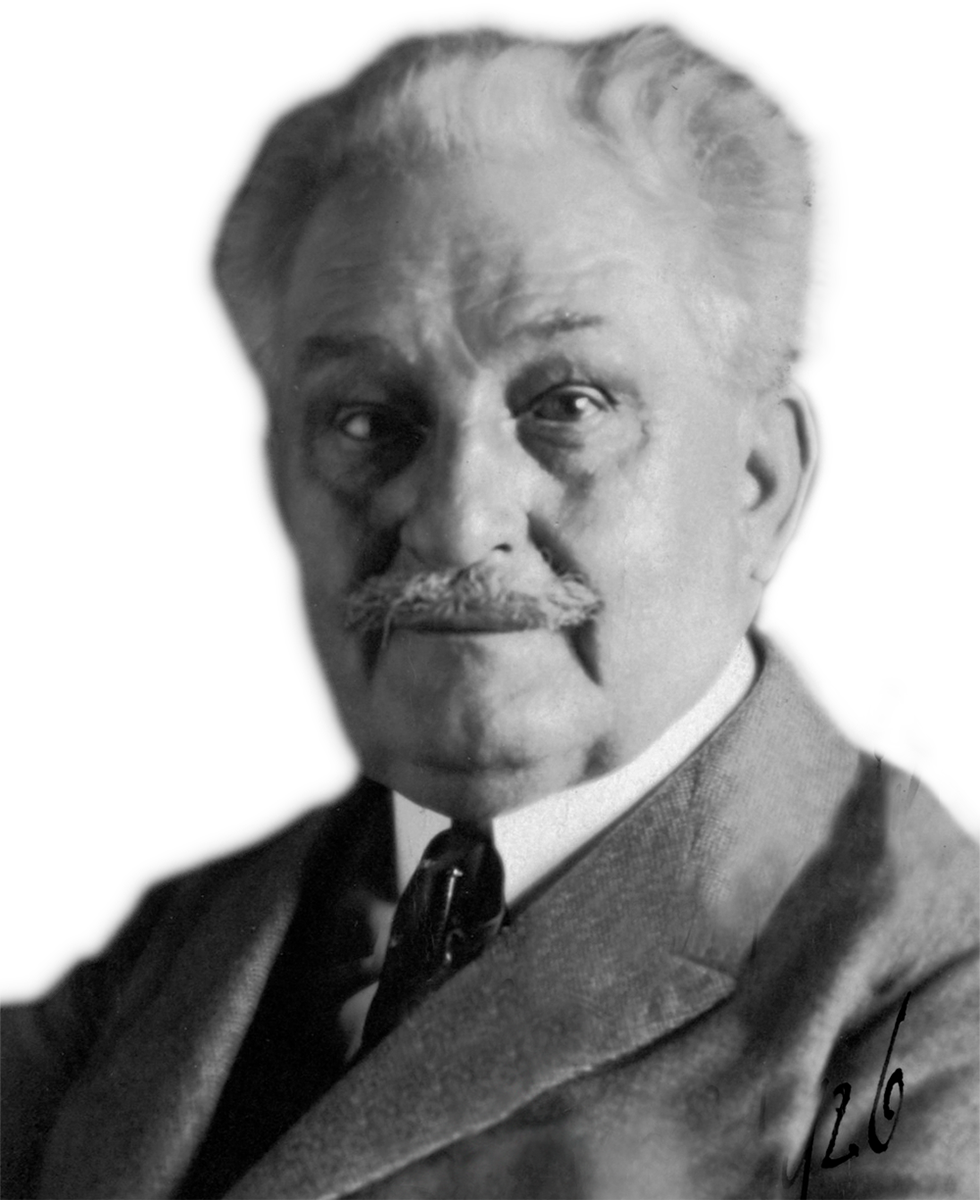
|
Sinfonietta |
Composed: 1926 Estimated length: |
|
Born on July 3, 1854, in Hukvaldy, Moravia; died on August 12, 1928, in Ostrava, Moravia |
|
|
First performance: June 26, 1926, in Prague, with Václav Talich conducting the Czech Philharmonic Orchestra. |
|
|
First Nashville Symphony performance: February 22, 2002, with Kenneth Schermerhorn conducting at Andrew Jackson Hall (TPAC). |
|
Born almost 100 years after Mozart, Leoš Janáček came of age in Moravia, a corner of what is now the Czech Republic but was part of the vast Habsburg Empire until the end of the First World War. Late bloomers should find encouragement in the example of Janáček’s career: despite a tirelessly active musical life that ranged from composition and teaching to pioneering work as a researcher into the folk culture and music of his part of Central Europe, Janáček had to wait until his 60s before he first gained international recognition.
A revival of his 1904 opera Jenůfa in Prague in 1916 brought widespread acclaim after years of obscurity. The rejuvenating effect was immediate, and Janáček responded with a tremendous outburst of creativity that included the Sinfonietta.
There were other impetuses for Janáček’s splendid second summer as well. In 1917, he met and fell in love with Kamila Stösslová, a married woman nearly four decades younger—who inspired the heroines in his later operas, along with other works. The establishment of the Czechoslovak Republic in the wake of the Habsburg Empire’s collapse in 1918 additionally gave the composer a jolt of optimism for the prospects of his newly independent nation.
Sinfonietta is the longest purely orchestral composition by Janáček, whose artistic practice was focused on opera. In 1925, an unplanned encounter with everyday music in the town where Stösslová lived prompted the idea for the piece. The composer and his beloved chanced upon a military band performing an outdoor concert in a park. Janáček later referred to the event in a letter to Stösslová, mentioning that among his current projects was “a beautiful little Sinfonietta with fanfares” inspired by their impromptu hearing of the military band.
Dedicated to “the Czechoslovak Armed Forces,” Sinfonietta was actually commissioned for a youth gymnastics festival to be held in 1926, which was organized by the Sokol movement (“sokol” is Czech for falcon). The idea was to promote physical training as part of a larger program encouraging Czech nationalism and self-determination. Janáček composed the piece within three weeks, starting with the framework of brass and percussion fanfares, then expanding it into a symphonic concept. His intention, the composer declared, was to voice “the ideals of contemporary free man, his spiritual beauty and joy, his strength, courage, and determination to fight for victory.”
WHAT TO LISTEN FOR
The shorter opening fanfare section plays the role of a prelude to a compact symphony of four movements, with the fanfare material returning in even more resplendent form for the full orchestra in the victorious finale.
Each of Sinfonietta’s five movements spotlights different sections of the orchestra, beginning with the 25 brass players plus percussion—their
arresting fanfare music, made of short, repeated phrases, provides the source for the thematic material to come. Janáček’s titles for the other four movements refer to landmark spots in Brno, his home city: The Castle (2); The Queen’s Monastery (3); The Street Leading to the Castle (4); and Town Hall, Brno (5).
Scored for 4 flutes (4th doubling piccolo), 2 oboes (2nd doubling English horn), 2 clarinets, E-flat clarinet, bass clarinet, 2 bassoons, 4 horns, 12 trumpets, 2 bass trumpets, 4 trombones, 3 tubas, timpani, percussion (chimes and cymbals), harp, and strings.
− Thomas May is the Nashville Symphony's program annotator.
Featured on Guerrero Conducts Mozart's Requiem — June 1 to 4, 2023.
Nashville Symphony & Chorus
Giancarlo Guerrero, conductor
Tucker Biddlecombe, chorus director
Iwona Sobotka, soprano
Sasha Cooke, mezzo-soprano
John Tessier, tenor
Kelly Markgraf, bass-baritone
To Download or Print the PDF Version, Click Here.